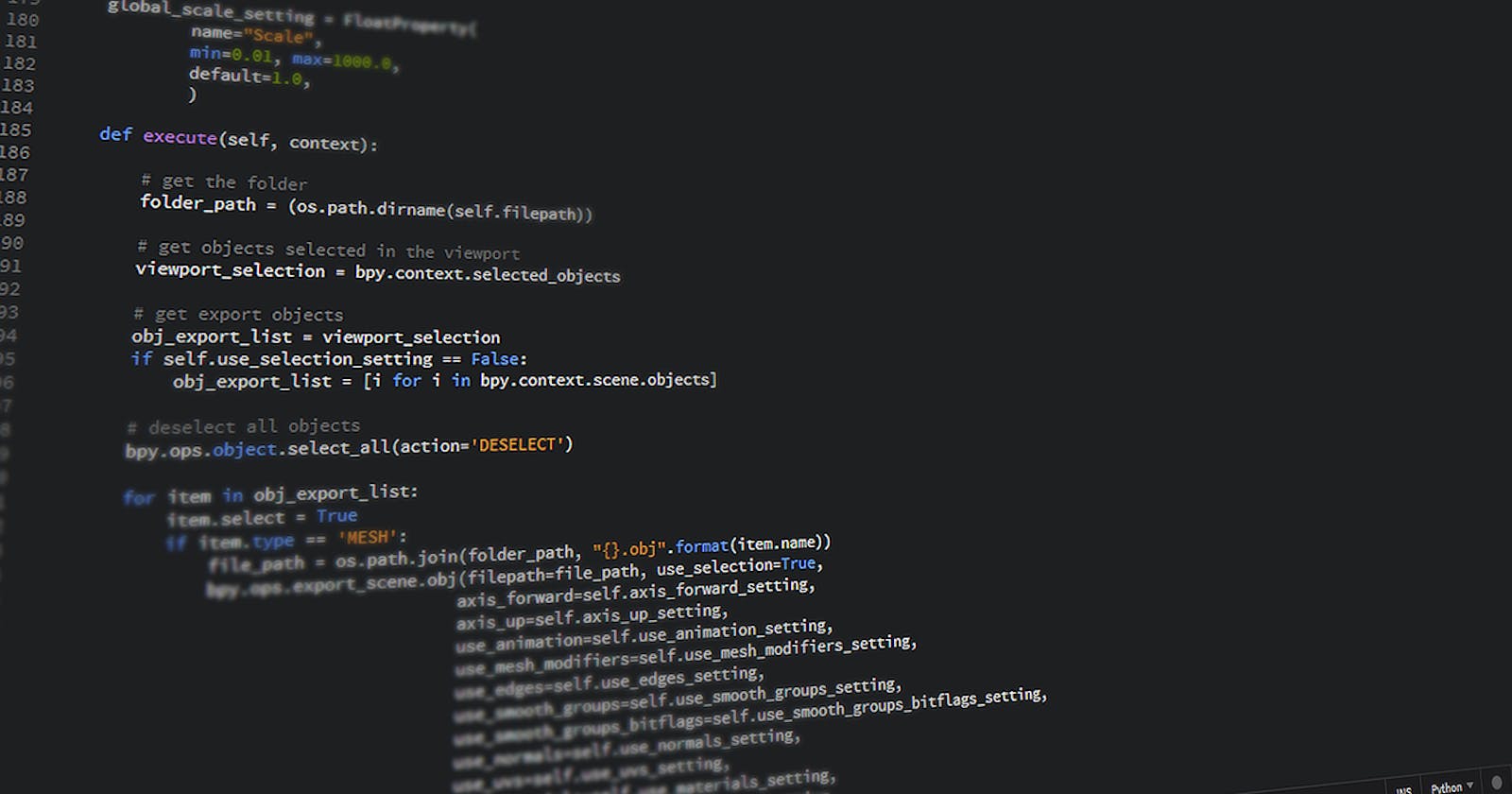Front-End and Back-End are two of the most used terms in the computer industry. Maybe you haven’t had the time to find out what these terms mean, and now you’re wondering what they’re all about. In this article, I will define Front-End development, Back-End development, and the differences between the two.
What is Front-End development?
The definition of Front-End development is managing everything that appears in a browser to meet the needs of the user or customer. It includes everything that users/customers experience directly, like text colors and styles, images, graphs and tables, buttons, colors, and navigation menu. So, Front-End developers are responsible for updating company pages, customizing layouts, adding animated elements, ensuring accessibility, and more.
Front-End skills and tools
Generally, a Front-End developer uses HTML, CSS and JavaScript, however, most Front-End developers have also mastered more advanced skills in other technologies like React, Angular, Vue, Bootstrap, jQuery, SASS. Using these tools, Front-End developers work closely with designers or user experience analysts, and they can also accurately identify specific issues in user experience and provide recommendations and codified solutions to influence the design.
What is Back-End development?
Differently from Front-End development(client-side), Back-End development is often described as server-side development. In a nutshell, the Back-End developer works with a server, an application, and a database, so he will be responsible for these three main areas, making sure all parts communicate and function as expected. That said, the Back-End is the part of the software that you can't see and interact with, hence, it does not come in direct contact with the users.
Back-End skills and tools
In order to make the server, application, and database communicate with each other, Back-End developers work with software stacks that include operating systems, web servers, frameworks, languages, programming APIs, and more. Specifically, they rely on Python, C#, C++, Java, Ruby, SQL, Node.js, Golang and also ASP.NET.
Summary
The differences between a Front-End developer and a Back-End developer are vast. If you like user interfaces and like the visual aspects of creating apps, then perhaps the Front-End is where you want to spend your time as a software developer. However, if you like to spend your time, writing algorithms, working in the cloud, and creating services and APIs, then the Back-End is for you.

